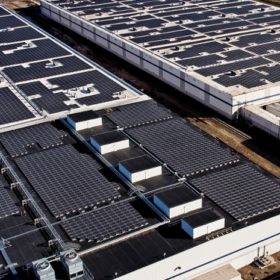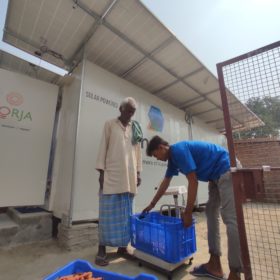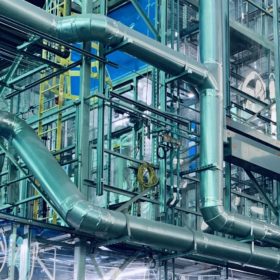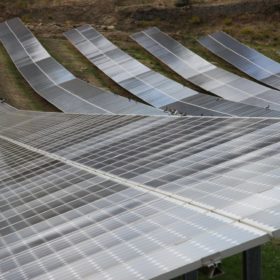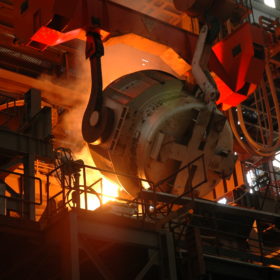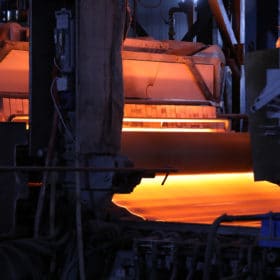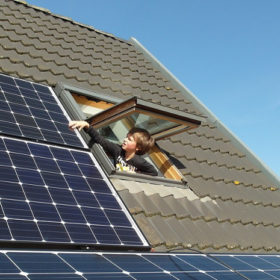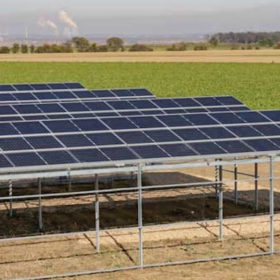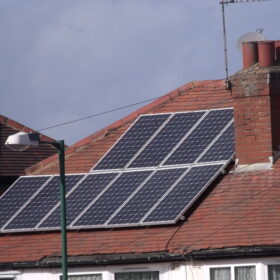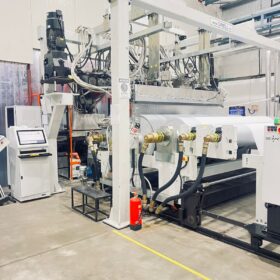Solar power prices rising with demand
Recent BloombergNEF research shows that corporations procured a record 31GW of renewable energy in 2021, and LevelTen Energy says that growth occurred despite more than a year of price increases.
MNRE notifies framework for promotion of distributed renewable energy-based livelihood applications
The framework will guide the state-level and central government ministries and other stakeholders in formulating schemes and programs for the promotion of distributed renewable energy-based livelihood applications.
Gujarat tenders 300 MW of ‘capex mode’ residential rooftop solar
March 7 is the last date to submit bids for the installation and commissioning of grid-connected rooftop solar plants in various sizes for rural residential consumers in the State.
Water-based electrolyzer for green hydrogen production
Verdagy has secured a $25 million investment for its new electrolyzer technology, which provides hydrogen fuel for heavy industrial applications. The membrane-based technology uses large active area cells, high current densities, and broad operating ranges to deliver hydrogen at scale.
New poly fabs could head off first-half solar project slowdown
Norwegian analyst Rystad Energy has warned the solar industry could suffer the same effects of rising input prices as onshore wind developers grappling with ever more costly steel, with much hinging on how much solar panel raw material polysilicon can be manufactured.
Ayana, Greenko partner on 6 GWh of pump-hydro storage
Greenko Group will provide Ayana with 6 GWh of pumped-hydro storage capacity from its project in Andhra Pradesh, allowing Ayana to provide firm power to offakers.
India’s technology path key to global steel decarbonisation
The global steel industry is poised to shift from coal to hydrogen. With enough high-quality iron ore and low prices for hydrogen, India could play a pivotal role in global steel decarbonisation given its large and growing economy.
Borosil Renewables to expand solar glass manufacturing capacity to 2,000 tons per day
The solar panel glass manufacturer expects strong growth in demand for its products at home and abroad with a significant rise expected in the production of PV modules in the USA and Europe.
Residential based energy storage will become the new ‘Boiler 2.0
Residential-based energy storage will become the new ‘Boiler 2.0’ and could form part of a virtual power plant, providing a viable solution to the global energy crisis and helping us to achieve our net-zero goals.
New agrivoltaic system design from Germany
Germany’s Sunfarming is testing the new project design in cooperation with research centers Jülich and the Fraunhofer ISE.
